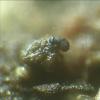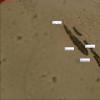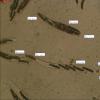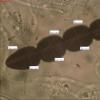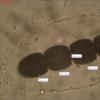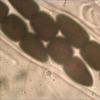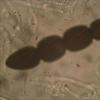
03-05-2013 20:26
 Joop van der Lee
Joop van der Lee
Found on horse dungAsci 292.96-542.32x37.83-45.42

02-05-2013 19:16
hannie wijersI think this could be Sporomiella pilosa? I found

03-05-2013 04:18
 Godorova Olga
Godorova Olga
Hello, dear friends. We've found two interesting s

02-05-2013 18:45
 Gilles Corriol
Gilles Corriol
Est-ce que quelqu'un peut m'orienter dans un genre

02-05-2013 19:03
 Gilles Corriol
Gilles Corriol
Bonjour,Voici une Hyaloscyphaceae pour le moment i

23-03-2013 12:29
Peter ThompsonHello Everyone,With the kind permission of Christi

01-05-2013 09:14
 Gilles Corriol
Gilles Corriol
Bonjour,Une récolte de Pyrenopeziza sur pétiole

01-05-2013 19:50
Hi for all,someone have this articles? Can send me
Sporormiella Megalospora?
Joop van der Lee,
03-05-2013 20:26
 Found on horse dung
Found on horse dungAsci 292.96-542.32x37.83-45.42 um
Gelatenous Sheath: broad and oval shaped 50.11-51.93 um
Spores: 80.12-83.66x13.17-18.22 um
Length of separate cells: upper: 21.99; second: 17.90; third: 18.48; Basal: 24.66
Endcells conical to subconical, middle cells barrel shapled photo-6
Endcells can also be ovoid.
Michel Delpont,
03-05-2013 21:01

Re : Sporormiella Megalospora?
OK, this seems to be S.megalospora. This species whose spores are variable dimensions.
Michel.
Michel.
Joop van der Lee,
03-05-2013 21:18

Re : Sporormiella Megalospora?
Merci Michel, is it also because of the very long asci?
